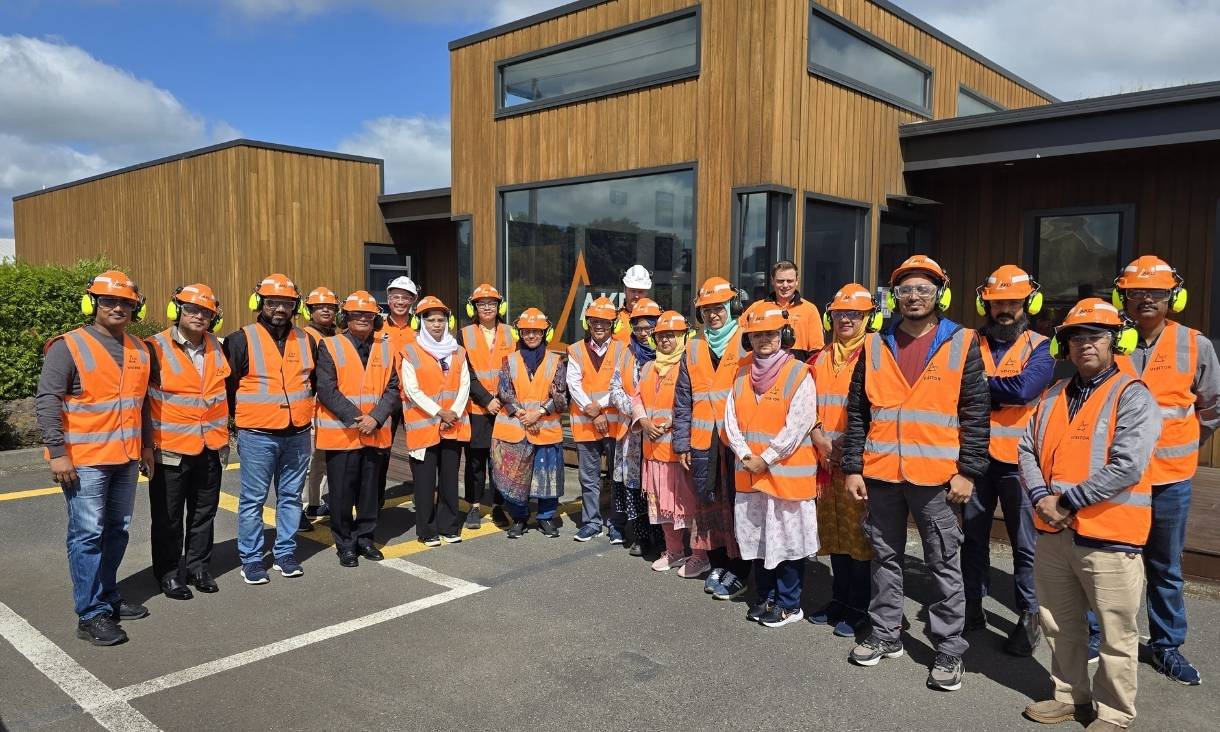While COVIDSafe was an excellent idea, it could erroneously identify a very large number of ‘false positive’ contacts, as more people downloaded the app, according to School of Engineering biomedical signals experts Professor Dinesh Kumar and Dr PeterJones Radcliffe.
“With the current Bluetooth system, implementation of the app could become near useless for contact tracing in populated apartments and office blocks, limiting its uptake and making it far less effective,” Kumar said.
The aim of the COVIDSafe app is to more quickly identify people who might have been exposed to someone who has tested positive for coronavirus.
The app does this by using Bluetooth to detect and record other phones that also have the app running and are within 1.5 metres for 15 minutes.
However, Bluetooth can travel well beyond 1.5 metres, extending to three metres in older phones and ten in newer models, with the signal capable of passing through barriers.
“The signal travels through windows and walls so if I’m sitting in one room while someone is in the adjoining room of their apartment, Bluetooth recognises both phones to be in close proximity,” Kumar said.
“If the other person is identified as having the virus, I and others sharing adjoining walls, and even those on floors above and below, would get an alert that we’d been in proximity of a person with coronavirus.
“We’d be notified even though we weren’t in the same space and there’d been no chance of having become infected,” he said.
This would impact people living in densely populated apartment buildings such as student accommodation.
“I calculated that in an apartment it’s quite easy for one person to be in contact with 16 other people just through the walls,” he said.
Kumar said the number of false positive contacts could be even greater in a busy downtown office building.
“That to me rings alarm bells. A significant number of false positives would result in the app soon becoming under-valued because of poor accuracy.”
Kumar said they weren't dismissing the app.
“It’s important that the problem is first acknowledged so that people understand the cause of inaccurate contact alerts,” he said.
“Bluetooth doesn’t have to be discounted, but the next step should be to develop the technology for overcoming this limitation.”
He said while the Bluetooth tracking app remained an excellent idea, it needed more work to ensure it operated effectively.
“At least for the next pandemic, it will be important to have an app which solves all the problems discussed so it will be used extensively as a key weapon in the fight against any pandemic.”
Story by: Diana Robertson


.jpg)


